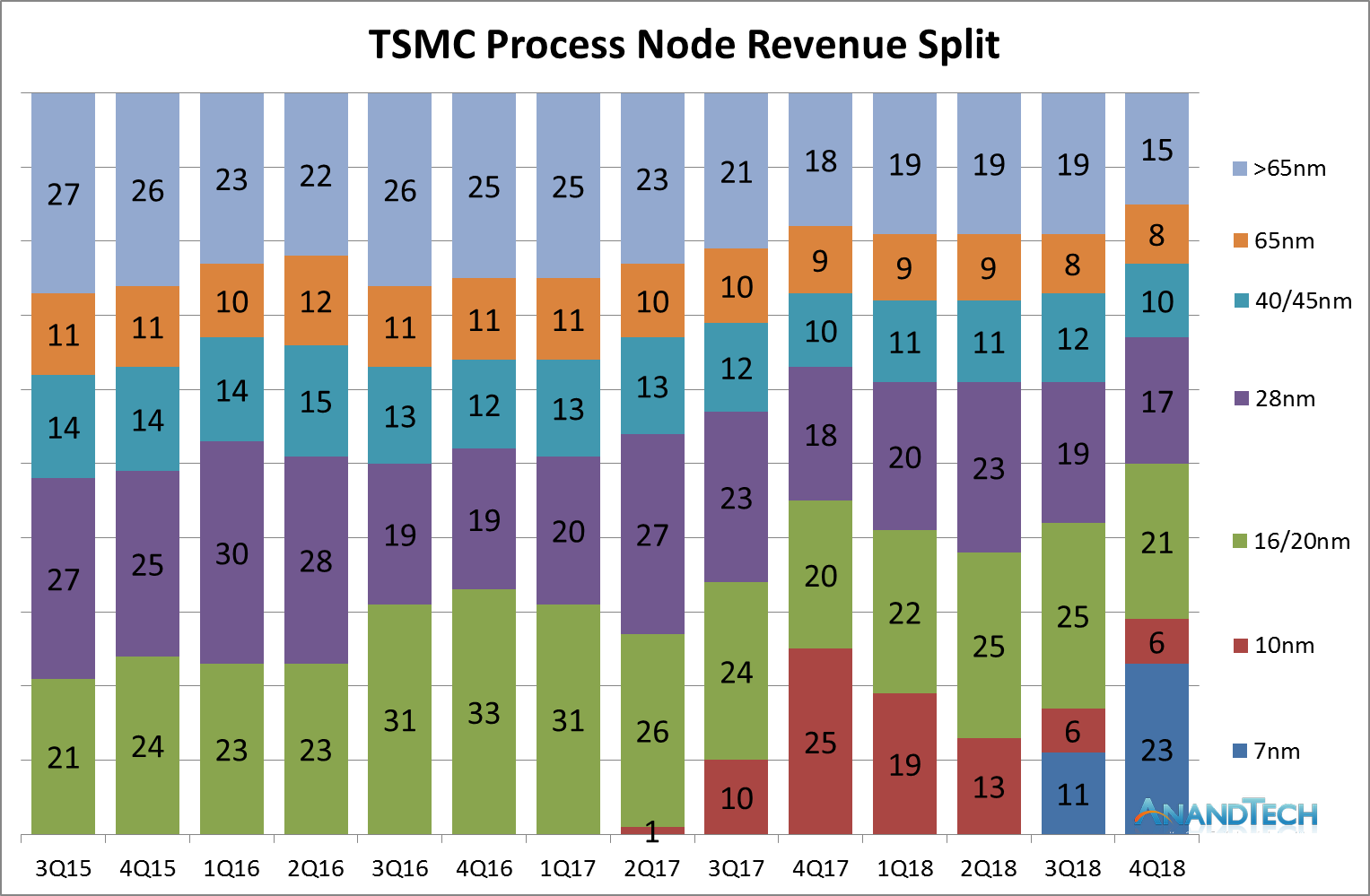It can scale down but just not as well. It's about choosing your battles, i.e. where to focus engineer effort for maximum gain.
According to AMD, you can scale it down no problem, just there is no performance benefit of it so they are doing on the cheaper 14nm. If they wanted to go to 7nm they could easy.




